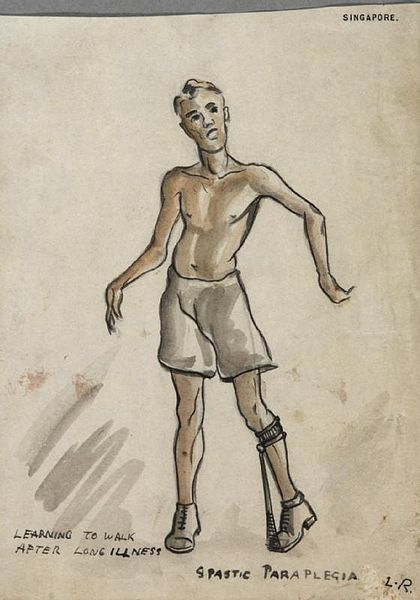Enhance your health with free online physiotherapy exercise lessons and videos about various disease and health condition
Modified Ashworth Scale
The Modified Ashworth Scale (MAS) better measures muscle hypertonia instead of spasticity.
Ashworth Scale for grading Spasticity

Grade Description
The Ashworth scale is one of the most widely used methods of measuring spasticity, due in a large part to the simplicity and reproducible method.
The MAS better measures muscle hypertonia instead of spasticity.
Modified Ashworth Scale for Grading hypertonia
The Tardieu Scale differentiates contracture from spasticity whereas the MAS is confounded by it.
Grade Description
- 0 -No increase in muscle tone
- 1 -Slight increase in muscle tone, manifested by a catch and release or by minimal resistance at the end of the range of motion when the affected part(s) is moved in flexion or extension
- 1+ -Slight increase in muscle tone, manifested by a catch, followed by minimal resistance throughout the remainder (less than half) of the ROM
- 2 -More marked increase in muscle tone through most of the ROM, but affected part(s) easily moved
- 3 -Considerable increase in muscle tone, passive movement difficult
- 4 -Affected part(s) rigid in flexion or extension
What is spasticity?
•Diagnostic definition: ‘a motor disorder characterised by a velocity dependent increase in tonic stretch reflexes that results from abnormal intra-spinal processing of primary afferent input’ (Young 1994)
• Functional definition: the abnormal motor control caused by an UMN lesion (as in spastic paraparesis)
Common Causes of spasticity:
- Cerebral palsy
- Brain damage caused by lack of oxygen, as can occur in near drowning or near suffocation
- Brain trauma
- Severe head injury
- Spinal cord injury
- Stroke
- Adrenoleukodystrophy
- Phenylketonuria
- Neurodegenerative illness
- Multiple sclerosis
spasticity is not just about reflexes..
Changes in muscle ultrastructure
Changes in motor unit activity
- – reduced numbers of motor units (Stein 1990)
- – variability in motor unit activation prevents fusion (Rosenfalck 1980)
Changes in & around joints (Akeson 1987)
Inter-disciplinary spasticity treatment
Read More about Spasticity Here
Physical measures
Medical treatments
- Oral drugs
- Focal treatment: BTx, phenol
- Intrathecal treatment: phenol, baclofen
- Orthopaedic surgery: soft tissue or bony
- Rhizotomy: surgical or radio frequency
‘Psychological’ measures
- Adjustment to disability
- Self-management
Return from Modified Ashworth Scale to Home Page
Return from Modified Ashworth Scale to Neuro Rehab
Recent Articles
|
Author's Pick
Rating: 4.4 Votes: 252 |

